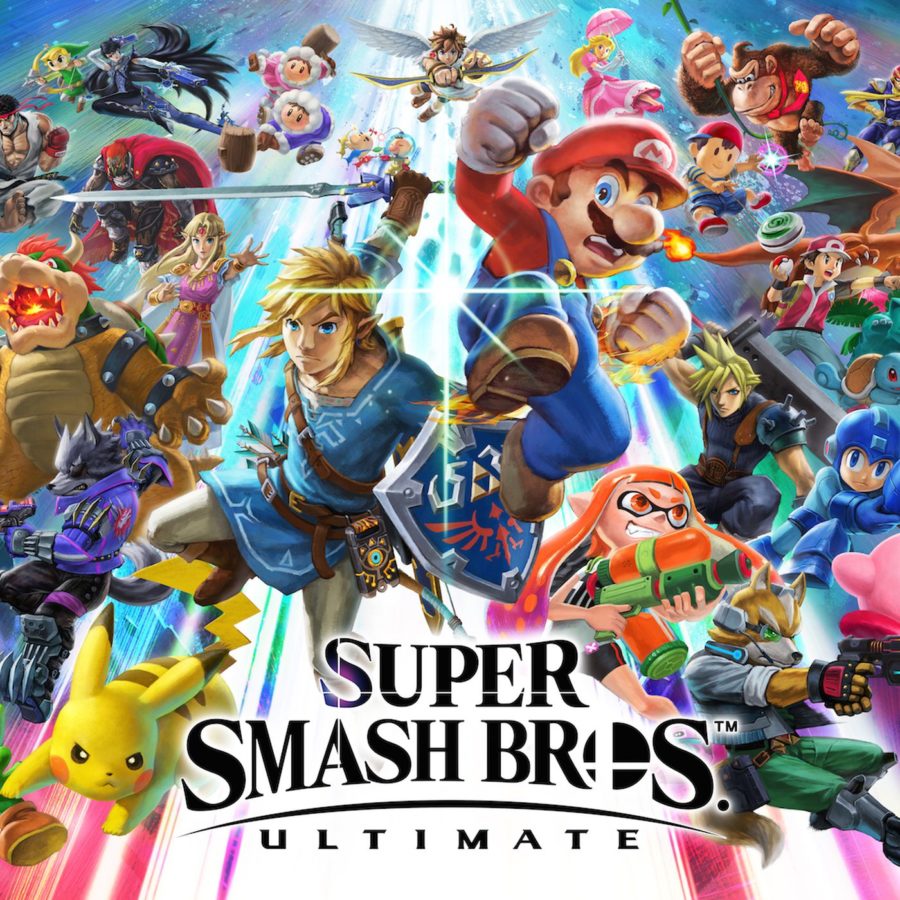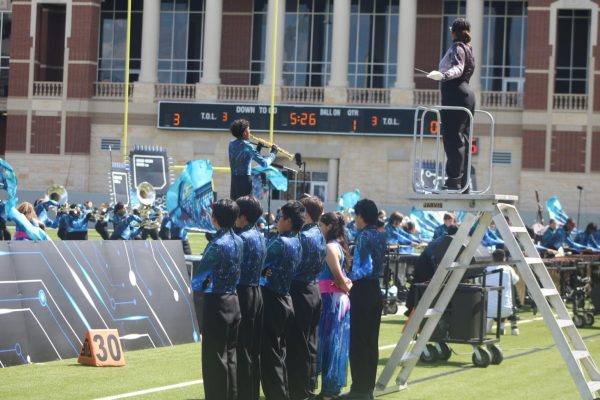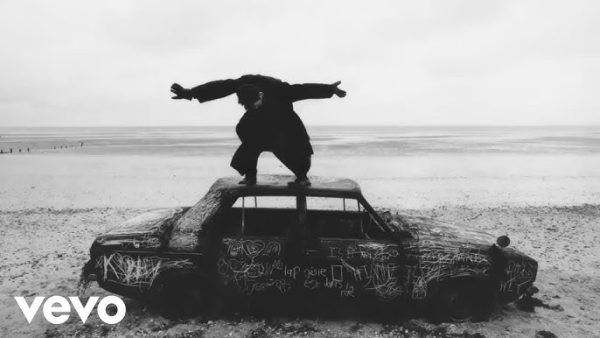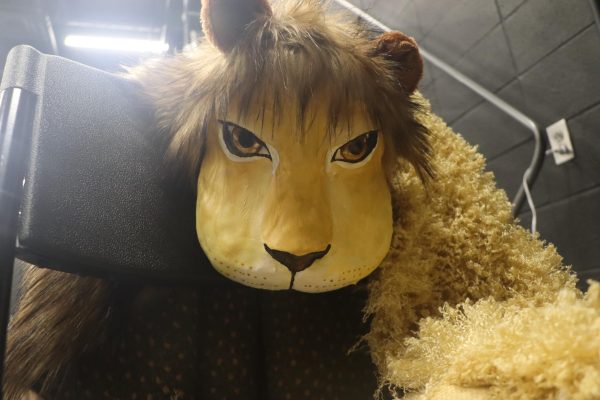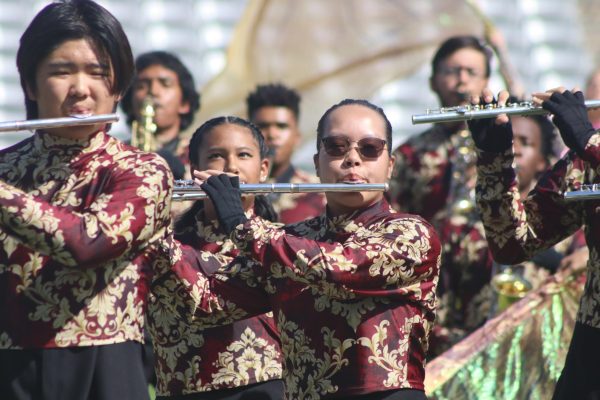Super Smash Bros. Ultimate Delivers On It’s Title
Super Smash Bros. is a unique beast in the gaming world. The original game on the Nintendo 64 was a best seller but was completely forgotten when Super Smash Bros. Melee came out and officially started one of the most hyped fan bases in all existence. Super Smash Bros. Brawl was the bad one that none of the Melee fans would dare touch, especially the story mode Subspace Emissary and Super Smash Bros. for 3DS and Wii U was the one that was HD and… kind of there so that those consoles would have a Smash game.
But Super Smash Bros. Ultimate feels like it is what the title promises: the ultimate version of Super Smash Bros., that literally takes every fighter and stage that has appeared in a previous Smash game, plus some new ones, and creates the best fighting game of the year. Ultimate feels like the game that the creator of Super Smash Bros., Masahiro Sakurai, has always wanted Super Smash Bros. to be; a fun, easy, and deep fighting game that has a huge range of people it can appeal to.
The premise is simple: Nintendo characters, plus several characters from outside the Nintendo pantheon like Sonic, Ryu and Cloud, are put into a fighting game. But instead of trying to lower your opponent’s health, your goal is to knock your opponent off of the stage. Your attacks increase your opponents ‘percentage’, and the higher the percentage, the easier it is to launch your opponents off the stage with your attacks.
This premise already makes Super Smash Bros. quite unique in the fighting game world, but something else that is unique is the simplicity of it’s controls. You use one joystick to move around, one button to do a normal attack, and one button to do a special attack. You can change what kind of normal or special attack you do by holding the joystick in a certain direction, so holding the joystick to either side and pressing the ‘A’ button will give you a different attack than holding the joystick up and pressing ‘A’.
Within the boundaries of this simple control scheme, there are some amazing plays that can be done. That actually seems to be a running theme in a lot of Nintendo Switch games that are actually made by Nintendo, and it’s a great design philosophy. By making systems and controls within their games easy to learn yet hard to master, Nintendo can appeal to both the casual players that the Switch is aimed more towards, and the hardcore fans who want to spend as much time as possible playing their games.
The gameplay in Ultimate is incredible; it feels more punchy and fast-paced then previous Smash games, resulting in chaotic and enjoyable multiplayer matches that still feel satisfying. There are some fighters that can be overpowered in a few situations, but since most characters have a move that can be considered OP, if you have two of them fighting, it actually sort of balances out. For example, the character Ridley has a fireball move that can stunlock a character for a short time, but it requires Ridley to stand still, so he’s open to a devastating downward attack like King K. Rool’s belly flop. These kind of scenarios are at the core of Ultimate, since the number of fighters and stages in the game allows for who knows how many unique situations like the one I just described with Ridley and King K. Rool.
But Ultimate’s content doesn’t end with the multiplayer. It has a totally fleshed out adventure mode titled World of Light which is basically a fighting game styled RPG. In it, you travel around an JRPG style map from a top down view, collecting things called “spirits” which you can equip to give you bonuses like starting a fight with a sword equipped or making you immune to a lava floor, and fighting characters from the game so that when they are defeated, they join your team. This mode resembles the ‘gacha’ mobile games that have gained popularity on mobile platforms in the last couple of years, which involve the collecting of figures or characters for some arbitrary purpose, so it should be familiar to a lot of you reading this article. But the World of Light campaign doesn’t feel like a cheap cash grab that got tacked on because Smash players wanted at least some single player elements in Ultimate, but rather like by traversing this world, completing dungeons, defeating bosses, and collecting more and more powerful or useful spirits, you are actually becoming stronger. It’s that feeling of steady progression that I think a lot of players will find attractive about this World of Light campaign.
I give Super Smash Bros. Ultimate 10 howls out of 10; it is, in my opinion, the best fighting game of the year, with an extensive roster of characters and stages, resulting in some incredibly fun multiplayer, and a well thought out single player mode that will satisfy those who want a steady sense of progression and difficulty in a game.
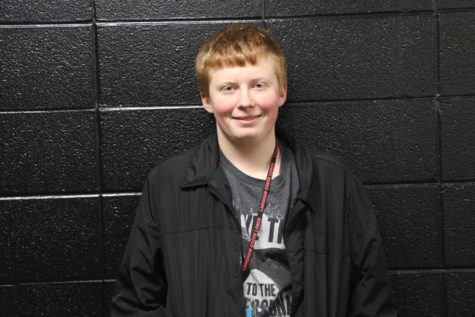
My name is Noah Conley, I'm 15, and I'm a reporter and Broadcast Editor for the LC Howler. I've worked on this site my freshman and sophomore years, and...



